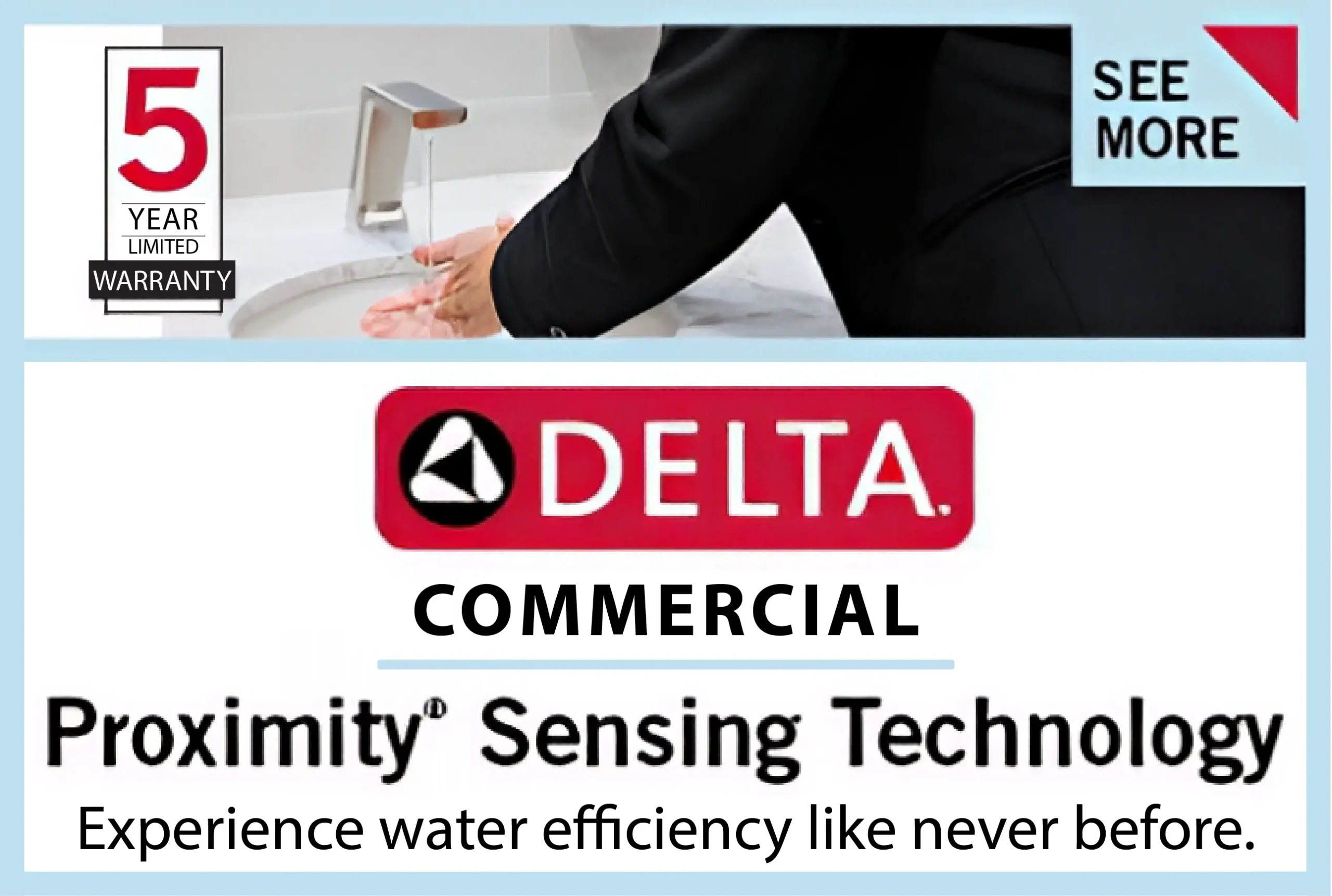Swimming pools are a luxurious and enjoyable feature in many residential and commercial properties. However, beyond the shimmering water and elegant design lies a complex system of electrical components that ensure safety, functionality, and convenience.
Understanding pool electrics is essential not only for pool owners but also for builders, electricians, and maintenance personnel involved in pool design and upkeep.
Pool electrics encompass all electrical elements associated with a swimming pool. These include lighting, pumps, heaters, automation systems, and safety mechanisms like ground fault protection and bonding. Proper installation and maintenance of these components are critical for safe and efficient pool operation.
The Pump
At the core of any pool’s circulation system is the pool pump, a vital component responsible for moving water through the filtration, heating, and sanitation systems. Without a properly functioning pump, such as those from Voomi pool supplies, water would stagnate, allowing algae and bacteria to flourish and making the pool unsuitable for swimming.
The pool pump typically consists of a motor, an impeller, a housing, and a strainer basket. The motor powers the impeller, which creates a vacuum that draws water from the pool via skimmers and main drains. This water is then pushed through a filter to remove debris, and through a heater if installed, before returning to the pool through return jets. This circulation process is continuous during the pump’s operation hours and is key to maintaining water clarity and sanitation.
Pump Electrics
From an electrical standpoint, the pump motor requires a dedicated electrical supply that matches its voltage rating—commonly either 120 volts or 240 volts, depending on the motor’s design and power requirement. Higher horsepower pumps usually run on 240V, as it provides more efficient operation and reduces the current draw, thereby minimizing the risk of overheating and lowering electrical load on the circuit.
The wiring for a pool pump must be run in conduit (typically PVC or flexible liquid-tight conduit), and all connections must be made using weatherproof junction boxes and fittings. The wire gauge used must match the pump’s amperage requirement to avoid voltage drop or overheating, both of which can reduce pump lifespan or pose fire risks.
The electrical circuit powering the pump must be protected by a circuit breaker of the correct size, installed in either the main service panel or a sub-panel dedicated to pool equipment. If the pump is located outdoors, which is typical, it must also be protected by a GFCI breaker to prevent electrical shock hazards.
Pump Speeds
Modern pool pumps often come in three types: single-speed, dual-speed, and variable-speed.
- Single-speed pumps operate at one constant speed and are the most energy-intensive.
- Dual-speed pumps allow a high and low speed setting, improving efficiency when full power isn’t needed.
- Variable-speed pumps (VSPs), now the industry standard in many areas due to energy regulations, offer the highest efficiency by allowing the motor to run at different speeds tailored to specific tasks (e.g., filtration, spa jets, water features). VSPs use permanent magnet motors similar to those in electric vehicles, and they often come with built-in digital controllers.
Lighting
Lighting is another integral part of pool electrics. Underwater lights enhance the pool’s ambiance while also providing visibility for nighttime swimming. Modern pool lights often use LED technology due to its energy efficiency and long lifespan. These lights must be housed in sealed, waterproof niches to prevent water ingress. Moreover, they must be connected to low-voltage transformers or GFCI (Ground Fault Circuit Interrupter) protected circuits to minimize the risk of electrical shock.
Bonding and Grounding
One of the most crucial safety aspects of pool electrics is bonding and grounding. Bonding involves electrically connecting all metal components of the pool—such as ladders, handrails, water features, and light niches—with a copper bonding wire. This equalizes electrical potential across all metallic elements, reducing the risk of electric shock.
Grounding, on the other hand, provides a path for electrical faults to safely dissipate into the earth. It involves connecting the electrical system and metal components to a ground rod or other grounding electrode.
GFCIs play a vital role in pool safety. These devices monitor the flow of electricity and shut off power if they detect an imbalance, which could indicate a leak current that poses a shock hazard. GFCIs are mandatory for all pool lighting circuits, outlets within a certain distance of the pool (typically 20 feet), and for pool pump motors.
Automation Systems
In more advanced pool systems, automation is increasingly common. Pool automation panels can control pumps, lights, heaters, and chemical feeders remotely, often via smartphone apps. These systems rely on low-voltage control wiring and may require internet connectivity, bringing in the added consideration of properly isolating and grounding communication cables.
Pool Heater
Another important component for year round use of the pool, is the heater. Whether electric, gas, or solar-powered, heaters must be properly connected and bonded. Electric heaters require significant current and must be installed with appropriately rated breakers and wiring. As with all other electrical components, heaters should be included in the pool’s bonding system to prevent stray voltage.
Codes
Pool electrics must comply with local and national electrical codes, such as the National Electrical Code (NEC) in the United States. Article 680 of the NEC specifically addresses the requirements for electrical installations in and around swimming pools. Compliance is not optional; it is a legal and safety necessity.
Local jurisdictions may have additional rules, and inspections are typically required to ensure installations meet all safety standards.
Seek Professional Help
When it comes to electrical work around swimming pools, hiring a professional electrician is not just a recommendation—it’s a critical safety necessity. The unique environment of a pool area presents special challenges and hazards that make it vastly different from typical residential electrical installations. Here are several reasons why entrusting pool electrics to a trained, licensed professional is vital.
First and foremost, the risk of **electric shock** near water is significantly higher than in dry environments. Water is an excellent conductor of electricity, and even small faults or stray voltages can pose a serious danger to swimmers. This can lead to **electric shock drowning (ESD)**, a phenomenon where weak electrical currents in the water cause muscle paralysis, making it impossible for swimmers to stay afloat.
Attempting DIY electrical work around pools can lead to numerous pitfalls—incorrect grounding or bonding, improper GFCI installation, use of wrong wire gauge, poor connections, or failure to properly weatherproof components. These mistakes often aren’t obvious until a failure occurs, by which time serious injury, equipment damage, or costly repairs may have already happened.
Moreover, professional electricians carry the necessary insurance and warranties. If accidents or property damage occur due to faulty work, a licensed professional’s insurance can cover liability. This protection is unavailable when work is done by unlicensed individuals, leaving homeowners fully exposed to risk.
Hiring a licensed, experienced electrician ensures that the pool’s electrical system is safe, reliable, and compliant, providing peace of mind so swimmers can enjoy the water without risk.











